The digital era has made a huge impact on printed advertising media, with companies relying more and more on the Internet and email for their marketing efforts. But recent research shows that this approach has, to a large degree, backfired! Instead of increasing sales, the switch has resulted in reduced sales for a large number of companies, including leading brands.
On the other hand, there is sound evidence that websites supported by catalogs generate a lot more revenue than those that aren’t supported by catalogs. And off the Internet, printed catalogs are making a comeback.
According to branding agency, ID International, websites with catalog support get as much as 163% more revenue than those who don’t. This doesn’t necessarily mean that they buy directly from the catalog. What often happens is that the catalog directs consumers to the web site and they buy online. But the point is that it was the printed catalog that initiated the interest and ultimately drove the sale.
Even Amazon is known to print full-color catalogs to help promote their business!
First, let’s look briefly at some elements of email marketing and then we can discuss some of the reasons why catalogs are so powerful.
The Era of Email Advertising
Most of us want information, especially when we are in the market to buy things. We also like to be told about new trends and products. But how often do you sign up with a company or website and then find you are inundated with a constant barrage of what amounts to useless, unhelpful, irritating “information”?
Often we sign up to get a discount or to claim a special offer, not realizing it’s an invitation to receive a never-ending stream of emails. Thereafter, we delete messages, often not even bothering to open them. Eventually, some of us decide to opt-out and unsubscribe.
What is particularly interesting is that even companies that specialize in email marketing concede that it often fails to achieve its aims.
For example, Listrak, a retail digital marketing automation platform that specializes in email marketing, has stated publicly that only about a third of subscribers to their retail email lists make purchases from the retailer they subscribed to. Their solution is to target customers more accurately, rather than just throw marketing information at them. To do this, they harness the power of artificial intelligence (AI) along with “self-learning predictive algorithms” and predictive content that provides more accurate recommendations. They also automatically analyze customer behaviors and observe, collect, and synthesize data that links to customer profiles. That’s a whole lot more than simply implementing an email marketing campaign!
Convince and Convert, an award-winning Internet platform that focuses on digital marketing, says 21% of email recipients report the message as spam, even if it isn’t. They point out that for marketing to be successful, it is essential to win potential customer’s trust by raising industry standards and giving them additional tools and insights to manage their digital experience.
Another point to bear in mind is that about 17% of Americans change their email addresses every six months, possibly to avoid being targeted by email marketing campaigns. Whatever the reason, it counts against the campaigns.
Indications Are That Printed Catalogs Can be the Secret to Sales Success
Unlike emails, printed catalogs tend to stick around. We may not read them immediately they are delivered, but presuming the product content interests us, we keep them, read them, and might just buy off them. Often catalogs promote web sites, and if interested, many people log in and buy online.
According to a U.S. Postal Service (USPS) report Catalogs: Trends and Updates, consumers respond to catalogs because they tell a story, connecting it to the brand on an emotional level. This inspires action, and they buy. Online marketing is passive. Direct marketing (which includes printed catalogs) is active. It’s that simple.
The USPS research revealed that most people spend at least 15 minutes reading a catalog and will generally keep it for several weeks. How long do you spend reading the hundreds of emails you receive every day?
Here are some of the statistics quoted in the USPS survey report:
- 72% of consumers were more interested in retail products after reading catalogs.
- 84% purchased something after they had seen it in a catalog.
- 84% (not necessarily the same people) said they enjoyed getting a catalog from a retailer they had previously bought from.
- 65% said they would read information about products presented in catalogs.
- 81% were more likely to read a catalog if it featured sale items.
- 81% (again, not necessarily the same 81%) go through their snail-mail daily.
- 64% look forward to getting mail every day.
- 67% prefer snail-mail to emails. That is a particularly telling stat.
So if you’re still relying on email marketing, now’s the time to consider going old school with printed catalogs. Not only are they an ideal tool to drive consumers to your website, but by printing special promotions, deals, special offers, and unique sales codes, you can track your ROI much more easily.
Convinced?
Wallace Graphics is a print specialist facility. If you want the real thing for your marketing campaign, whether in brochure or catalog form, get it from us. Our shop is in Duluth, Georgia, and in addition to printing, we offer direct mail and marketing services, as well as effective social media and email campaigns. Contact us for more information.


